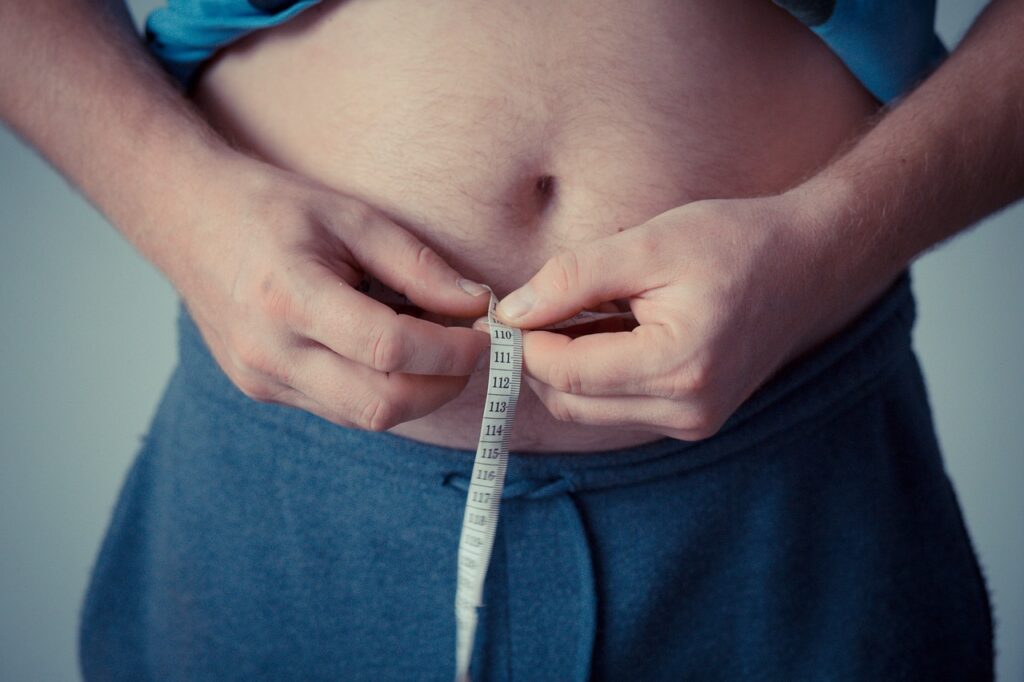BY EOIN ROE, CHIROPRACTIC
Everywhere you turn these days there is advice telling you to eat a healthy diet, become a vegan or at least a vegetarian, and do more exercise. There is also no doubt that diet and exercise are two areas where we have the ability to seriously improve our health and to mitigate some of the serious health complications that beset our society at the moment.

It is also strange that the number of people taking up exercise is increasing but the level of obesity is also increasing (Maffetone, 2017): How can that be?
It is very hard to fight through the noise around these very emotive subjects, especially diet. You will read a lot at the moment about veganism and how this is not only healthy for you, but also for the planet by reducing emissions from animal production. The reality is that if you are a vegan you will risk having low B12 (Allen, 2008) and will have to supplement with this nutrient. There are also many other nutrients we need that come largely from animal products such as vitamin A, Vitamin K2 and Zinc (Campbell-McBride, 2017). I fail to see how a diet, which requires you to supplement can be consider balanced or healthy.
There is no doubt that increasing your intake of plant-based nutrition will give you health benefits but to exclude a whole group of foods such as animal-based products in my opinion may not be the healthiest option.
It is well known that exercise is probably the best way to manage stress and the health complications that come with that but it is unclear what sort of exercise is healthy and what is not. All exercise is forced activity. Fifty to sixty years ago, the idea of exercise was completely different; people didn’t have cars, they walked or cycled, they didn’t have washing machines or central heating – we were just more active every day and did not need extra forced activity.
There is much interest at the moment in fitness trends such as HIT (high intensity training), crossfit, spinning and other high intensity workouts. If you are not familiar with these training programs they generally involve short periods of extreme intensity, followed by slow movement and another burst of extreme intensity; the idea being to get as much benefit from as short amount of time as possible. This might suit our busy lifestyles but it is not clear if it gives us the health benefits we need and certainly has a higher injury risk to lower intensity exercise (Klimek et al, 2018).
The reality is that now are lives are more sedentary, we need to make the effort to get out and exercise, which many are doing, and if you aren’t, I would encourage you to do so. The amount of exercise you need to remain healthy does not have to be of the high intensity type mentioned above, generally purposeful walking is enough but you need to be doing between 40 minutes to one hour per day, every day. If you can combine this with changing your diet to one that includes lots of vegetables, less sugar, less processed carbohydrates and a change from unhealthy fats to healthy ones, you will begin to feel the benefits very quickly.
If you find you are in the situation where you want to exercise but can’t because of pain or injury – whether that be in your back, knee, foot, shoulder or wherever, I would encourage you to seek help in sorting it out because there is no doubt that getting active and staying active will have very beneficial effects on your overall physical and mental health.


